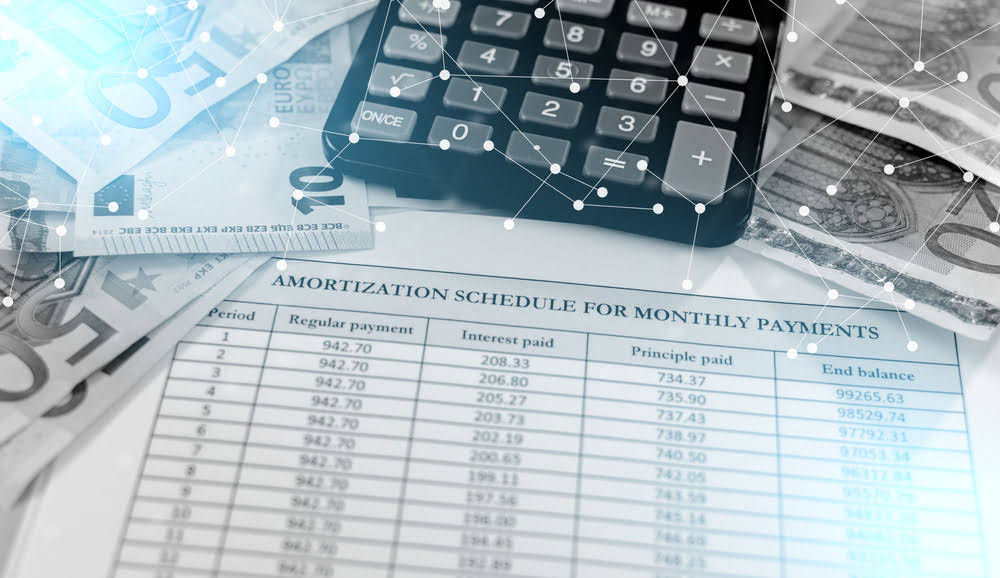Instead, all information is directly stored in the accounts listed in the general ledger. This is not the case in legacy accounting systems, where they were originally designed to have subledgers. To eliminate posting, a legacy accounting system would need to be completely redesigned. Consequently, a good way to determine the age of a proposed accounting system is to ask the vendor if it still uses posting. For CPAs and finance experts, closing the accounting cycle is essential.
Using tools like QuickBooks helps avoid errors and meets high standards. Subledgers are only used when there is a large volume of transaction activity in a certain accounting area, such as inventory, accounts payable, or sales. Thus, posting only applies to these larger-volume situations. For low-volume transaction situations, entries are made directly into the general ledger, so there are no subledgers and therefore no need for posting.
What is Posting in Accounting: The Role in Financial Record-Keeping
This sounds like a lot of work, but it’s necessary to keep an accurate record of business events. You can think of this like categorizing events into specific and broader relevant groupings. For example, journals are transferred to subsidiary ledgers then transferred to the general ledger. Posting refers to the process of transferring an entry from a journal to a ledger account.
What is Posting – Definition – Examples – 5 Steps In Posting (In Order of Sequence)
For example, MicroTrain saw a 57.73% rise in Service Revenue and a 53.55% drop in Salaries Expense. Following the cycle closely gives a true picture of a company’s finances. Let’s say a company has $3,000 worth of rent expenses per month that needs to be posted for the annual general ledger. A subsidiary ledger would contain details of the rent expenses, including a line item per month debited in “Rent” and credited in “Accounts Payable”.
- For example, ABC International issues 20 invoices to its customers over a one-week period, for which the totals in the sales subledger are for sales of $300,000.
- Thomas Richard Suozzi (born August 31, 1962) is an accomplished U.S. politician and certified public accountant with extensive experience in public service and financial management.
- Mastering posting is key to keeping your business finances in order and producing reliable financial statements.
- This can require a significant amount of additional research work.
What are Closing Entries in Accounting? Accounting Student Guide
Posting only transfers the total balance in a subledger into the general ledger, not the individual transactions in the subledger. An accounting manager may elect to engage in posting relatively infrequently, such as once a month, or perhaps as frequently as once a day. In this step of the accounting cycle an accountant takes total credits and debits recorded in categorized sub-ledgers and posts them into the general ledger to be used for official accounting statements. For example, ABC International issues 20 invoices to its customers over a one-week period, for which the totals in the sales subledger are for sales of $300,000. ABC’s controller creates a posting entry to move the total of these sales into the general ledger with a $300,000 debit to the accounts receivable account and a what is posting accounting $300,000 credit to the revenue account. When a Journal Entry is made to record a transaction, that Journal Entry is then entered (posted) in the accounts being impacted.
Can Modern Accounting Software like QuickBooks Automate the Posting Process?
He is known for his pragmatic approach to fiscal policy and governance. Shaun Conrad is a Certified Public Accountant and CPA exam expert with a passion for teaching. After almost a decade of experience in public accounting, he created MyAccountingCourse.com to help people learn accounting & finance, pass the CPA exam, and start their career.
Rules of Posting in Accounting
Financial reporting’s integrity is crucial for corporate trust and responsibility. It helps produce financial statements showing a company’s real situation. Companies must follow GAAP and meet deadlines from the IRS, SEC, and FASB.
Proper posting supports financial integrity and meets legal standards. If posting accidentally does not occur as part of the closing process, the totals in the general ledger will not be accurate, nor will the financial statements that are compiled from the general ledger. Posting has been eliminated in some accounting systems, where subledgers are not used.
Yes, posting must follow Generally Accepted Accounting Principles (GAAP). GAAP ensures that financial reports are accurate and consistent. Following these principles builds trust in a company’s financial health. This process has to be done to every single entry in the general journal.
It is a chronological record of every financial transaction, whether it’s an income, expense, receivable, payable, asset, liability, or equity. Postings are used to update the accounting records by debiting (crediting) an account with the corresponding amount. In simple terms, a posting is a way to journalize a transaction, ensuring the firm’s financial records reflect the proper financial position.
This is important for accurate financial reporting and compliance with… Yes, software like QuickBooks can automate posting, entering transactions into accounts in real-time. Automation increases efficiency and reduces errors in financial reporting.
Double Entry Bookkeeping is here to provide you with free online information to help you learn and understand bookkeeping and introductory accounting. Chartered accountant Michael Brown is the founder and CEO of Double Entry Bookkeeping. He has worked as an accountant and consultant for more than 25 years and has built financial models for all types of industries. He has been the CFO or controller of both small and medium sized companies and has run small businesses of his own. He has been a manager and an auditor with Deloitte, a big 4 accountancy firm, and holds a degree from Loughborough University.
These principles are especially crucial in managing cash and receivables. It’s also about setting up a system where people are held accountable. Effective reconciliation requires workers who are as skilled as those they’re stepping in for or supporting.











